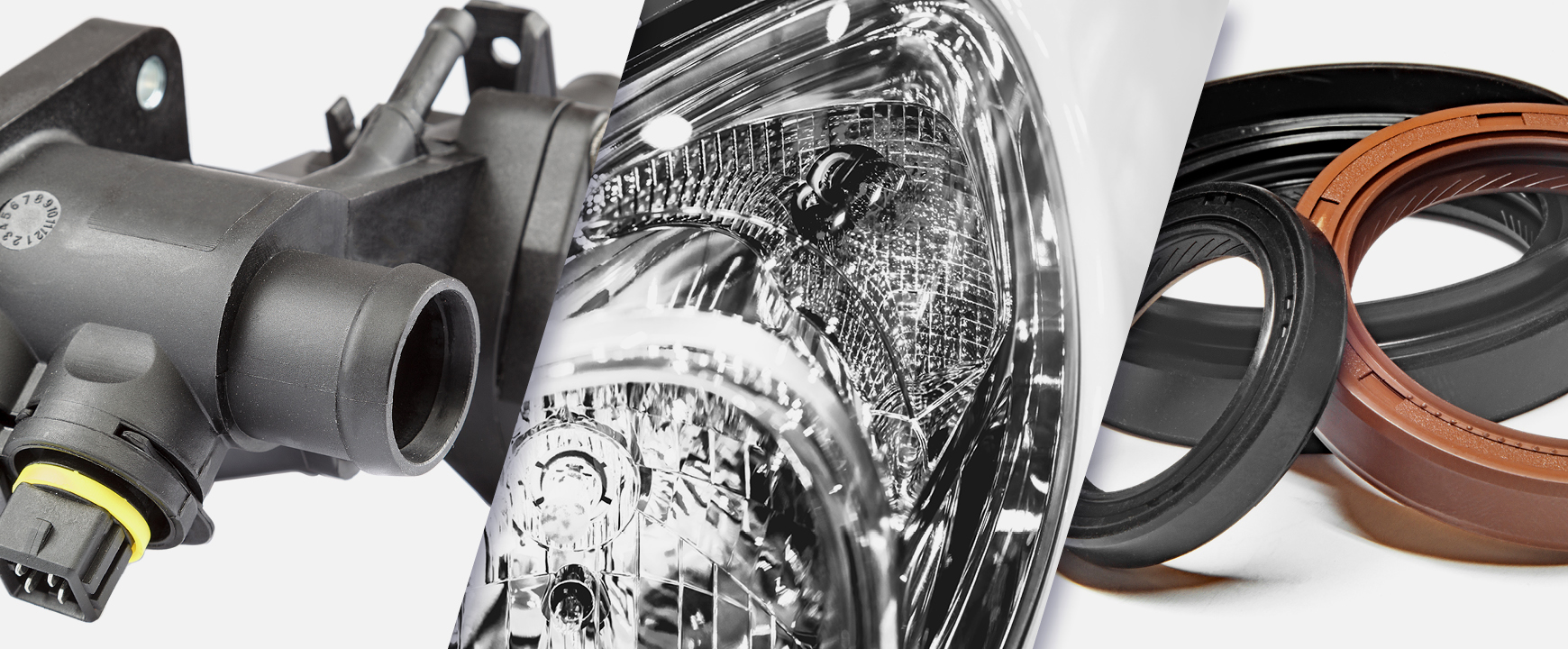

PRODUKTS:
HIGH PERFORMANCE PLASTICS
High Performance Plastics offer a variety of advantages and are an usuable alternative to metal or ceramic.

High Performance Plastics are polymers which have excellent mechanical, thermal and electrical characteristics. A high temperature range from over 150°C, an excellent sliding friction, high chemical resistance and low weight make these plastics attractive.
Characteristics of these plastics:
- Permanent operating temperature from 150 to. approx. 300°C
- Good chemical resistance, also at high temperatures
- Good mechanical strength
- High dimensional stability
- High creep resistance in a wide temperature range
- Good hydrolysis stability
Application area:
- Electronic parts: connectors, plugs, contact rail, heat protection, coil carrier,…
- Automotive – „under the hood“, fuel & braking systems,…
- Medical technology: surgical instruments,…
- Household application: microwave dishes,…
- Engineering: Parts for compressors and pumps, gears, cog wheels, valves, bearings, chain guides,…
- Chemical technology: fittings, valves, bush bearings, pump parts, nozzles, pipes, rolls,…
- Airplane and Space technology
